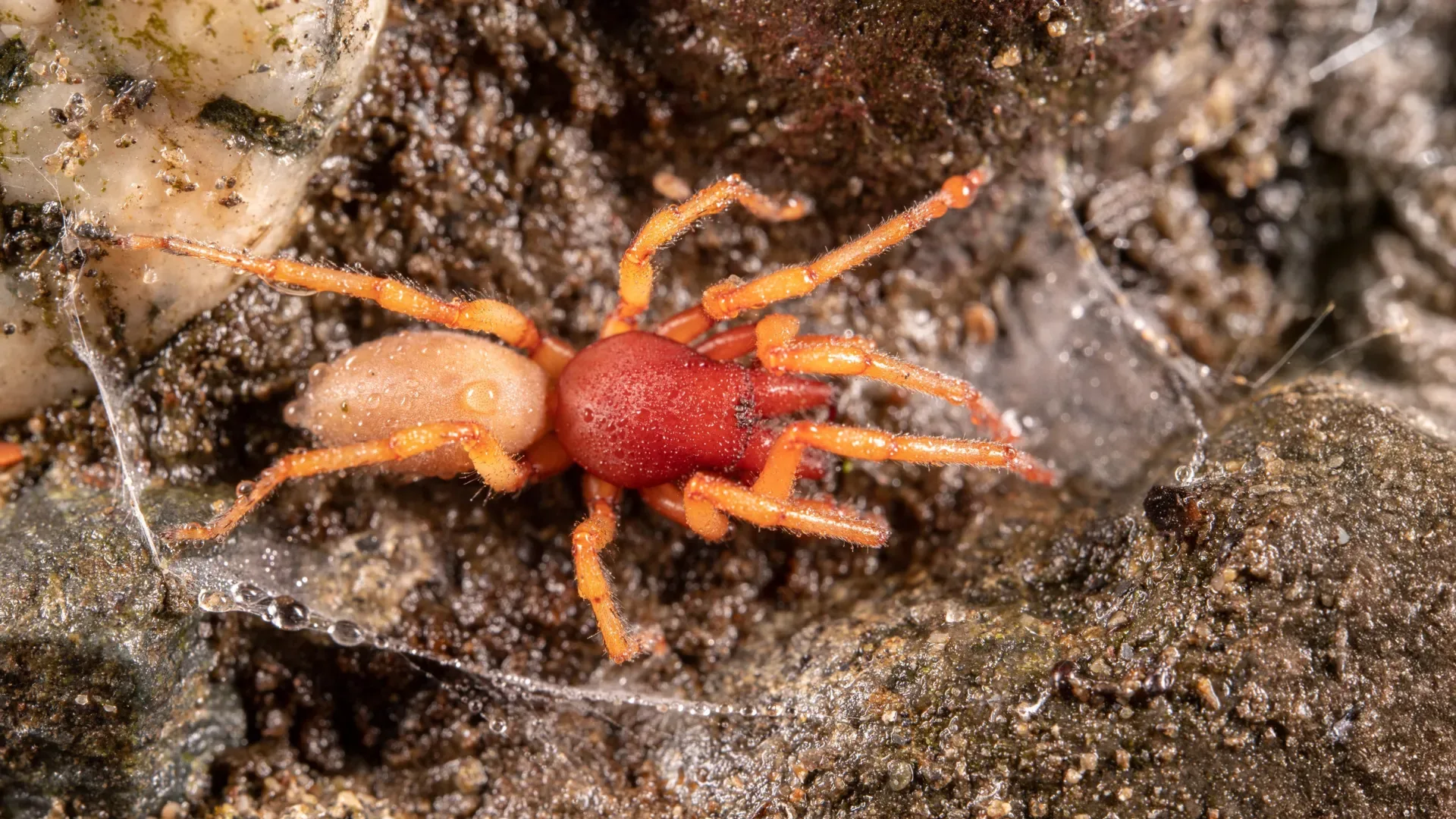Scientists have found that Dysdera tilosensis, a Canary Islands spider, has lost nearly half its genome in a few million years—contradicting common evolutionary theories. Despite the shrinkage, the spider remains more genetically diverse than its mainland relative. The discovery provides strong evidence for the Mutational Hazard Hypothesis and prompts a rethink of genome evolution in island animals.

November 3, 2025

Source:
IFLScience
Unexpected Genome Downsizing in Island Spider
Scientists report that Dysdera tilosensis, a spider native to the Canary Islands, has reduced its genome by almost 50% compared to its closest mainland cousin, Dysdera catalonica. This dramatic shrinkage overturns expectations that species isolated on islands generally develop bigger, more repetitive genomes. The new study, published in Molecular Biology and Evolution, provides a clear case of genome reduction in a vertebrate after island colonization.
Key Findings
Genome Size: D. tilosensis: 1.7 billion base pairs. D. catalonica: 3.3 billion base pairs.
Loss of DNA: Most reduction involved repetitive DNA and transposable elements; the X chromosome was largely unchanged.
Genetic Diversity: Despite downsizing, the island spider is more genetically diverse than its mainland relative—a surprise to evolutionary biologists.
(Source: IFLScience)
Keep up with the story. Subscribe to the PR+ free daily newsletter

Source:
ScienceDaily
Mechanisms Behind the Genome Reduction
The loss of DNA in Dysdera tilosensis primarily affected non-coding regions. Researchers found that the deletions were not random. Natural selection appears to have targeted and removed redundant DNA over time, a process consistent with the Mutational Hazard Hypothesis. This hypothesis suggests that in large, stable populations, selection efficiently eliminates unnecessary genetic material, leading to smaller, more streamlined genomes.
Challenging Established Theory
Island species have long been thought to accumulate repetitive DNA due to relaxed selective pressures. D. tilosensis challenges this by showing extensive genome loss.
The changes occurred mainly during or soon after colonizing the Canary Islands.
(Source: ScienceDaily, Earth.com)
Read More

Source:
http://Phys.org
Share this news:



















